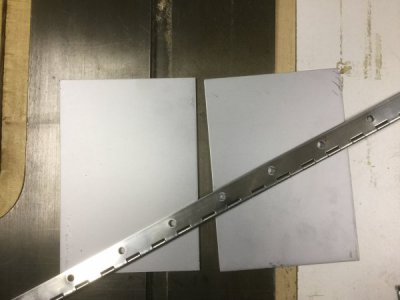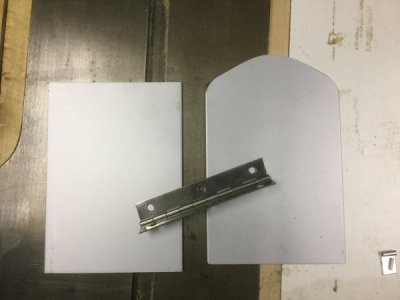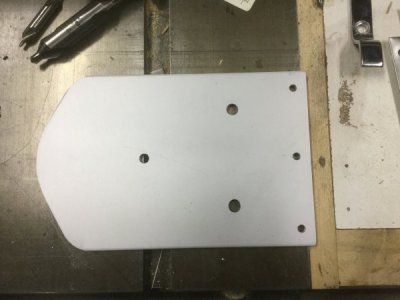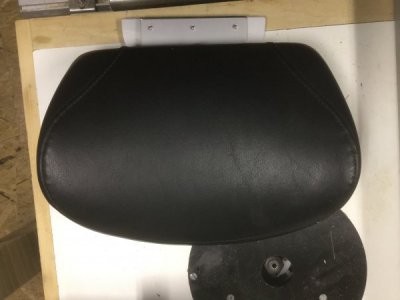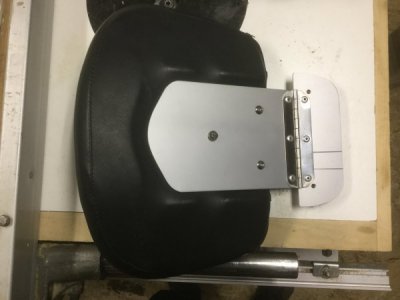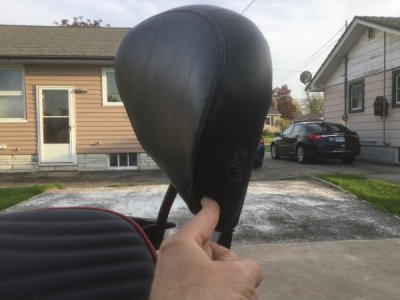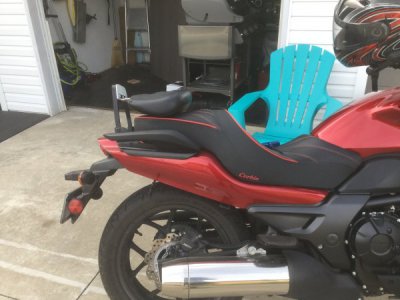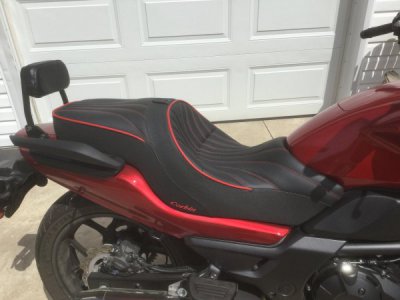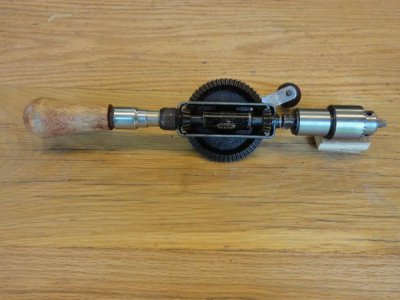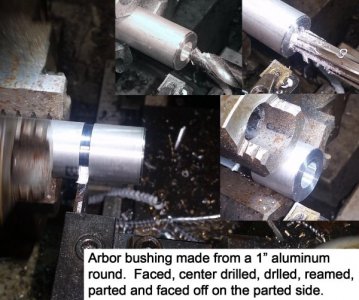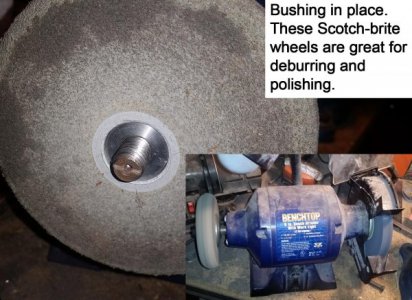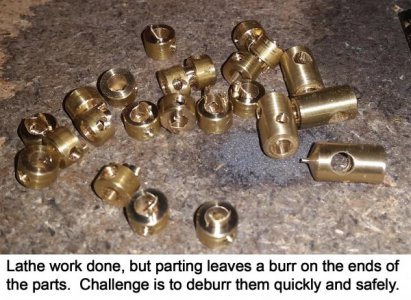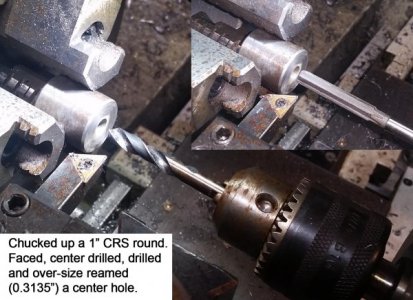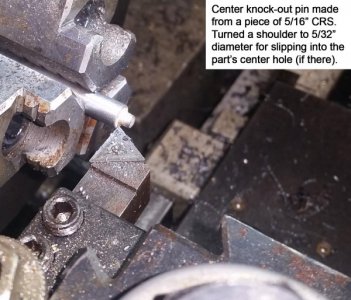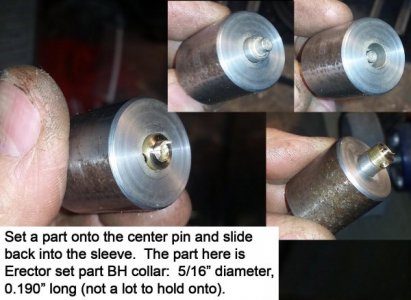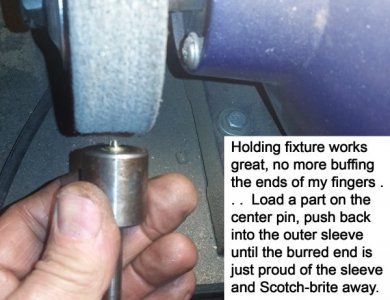- Joined
- Jun 12, 2014
- Messages
- 4,822
Finished up on my ball/radius turner which mounts in my QCTP. I switched out the cutting insert to a 32.52 CCGT insert, the softer nose radius gives a much cleaner cut, almost no ridging at all (see below). The insert holder was machined from O1 steel and fits into a Shar's 3" boring head. I machined a knob that attached to the head screw adjustment so I am not fiddling with Allen wrenches when cutting the radius. There are adjustable stops to set the degree range of the radius, and there are a few tweaks to getting the correct insert angle/geometry in the head. Overall the cutting finish is better than I expected with the new insert. I did not run any lubricant, but will do so in the future to help prevent the insert from having metal stick to it. With the insert one needs to take smaller cuts on each pass, the 3/4" bar below took about 5 passes to cut the radius.
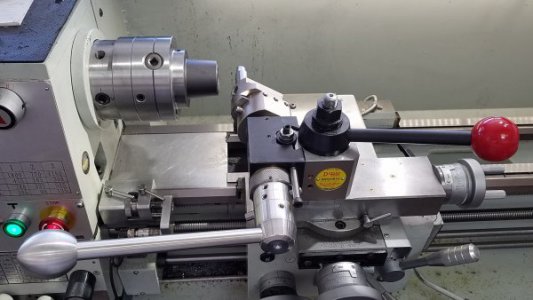
Radius adjustment knob.
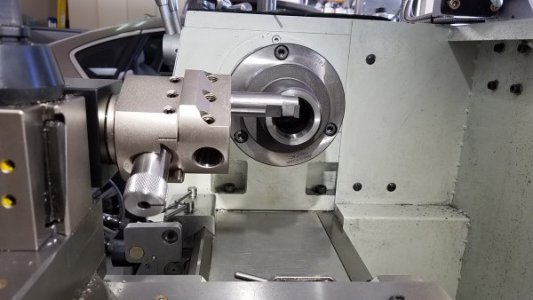
Finish after the cut.
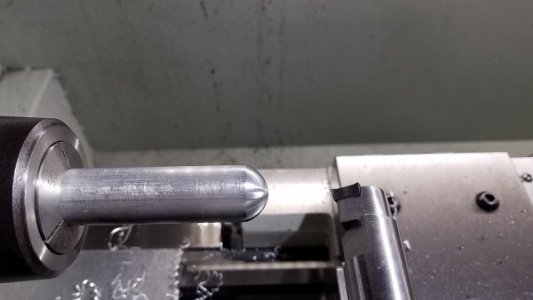
Insert holder.
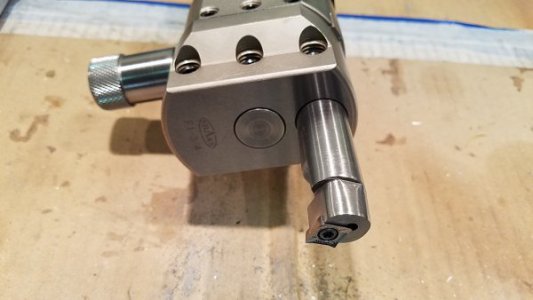

Radius adjustment knob.

Finish after the cut.

Insert holder.



